Eden Halbert says she didn’t consider herself to be an artistic person. “I guess I just didn’t feel like I could draw or paint or sing or sculpt, but I thought, ‘I can see,’” and she saw photography as the most accessible medium. Now photography is her profession. Under the business name Sierra Luna Photography, she started by doing pet portraits and broadened her scope by shooting wildlife, especially wild horses.
Halbert lives in Placerville, where she runs Sierra Dogs, an in-home dog boarding and training service, in addition to her photography venture. Halbert, who grew up in Los Gatos and studied French literature, taught at the university level for a few years, then worked in human resources in San Francisco as she began her dog-boarding business. After what she calls a “personal life implosion” — the end of an engagement and needing to move because her landlord was selling the building in which she lived — she relocated to the foothills in 2007. “I took my 10-year plan and made it into a next-month plan and made my way up here,” she says. That plan included buying a home outside of the Bay Area and working as a professional dog trainer and photographer.
“I’ve had so many different careers, different transitions, and a lot of them are ones I … never could have predicted. If you had told me 30 years ago I would be a professional photographer, I’d be professionally working with dogs, I would have laughed,” she says. “Now that I’m here, this is the only place I should be.”
In 2011, she got her business license for Sierra Luna Photography and later began traveling to Utah and other states to track and photograph herds of wild horses. “When I’m photographing wild horses, there’s something so iconic about that for me,” Halbert says. She says a few years ago, she began taking other photographers there on guided tours. Besides selling her work on her website, she is a member of the cooperative Gold Country Artists Gallery on Main Street in Placerville.
Why did you decide to pivot careers?
I was never somebody who had a single calling. I’ve been good at a fair number of things. … (But) I mentioned I had a personal implosion at a point where I basically lost a fiance, a place to live and a job, all within a month, and that makes you take stock and think. And it’s so easy to fall back into what you know, what you’ve been doing, … but when you have all these clear signs that that wasn’t working, as terrifying as it is, you have this chance to launch into something. … That fear came to pass, and I survived.
“Sahara Sunrise,” by Sierra Luna Photography, aka Eden Halbert,
photograph. (Courtesy of Sierra Luna Photography)

What platform have you found most success selling your work?
I have the most success wherever I’m putting the most energy. I think that’s true of any kind of marketing effort. So, currently, that’s the gallery. …
That’s the throttling factor, is time and effort. The minute I’m willing to rev that up, I see a corresponding increase in sales through whatever kind of (platform), and I actually just deliberately kind of throttle it back, because I don’t necessarily have time to be producing and managing more, which sounds hard to believe, I guess. … And (the gallery) keeps me in a community of other nice artists, and that’s something that I appreciate.
At the gallery, showing artists work there, right?
There are about 45 of us, and we’re all essentially co-owners in the sense that we all run it together. Each person is responsible for putting (in) a few hours of time every month to be in the gallery. … The commission of a gallery like that is much, much lower since it’s run just for the benefit of the co-owners. That’s an advantage of bringing things at a price point in a small town, especially.
Halbert travels to remote areas of Utah and other states to track
and photograph wild horses, like this one, “Freedom.” (Courtesy
of Sierra Luna Photography)
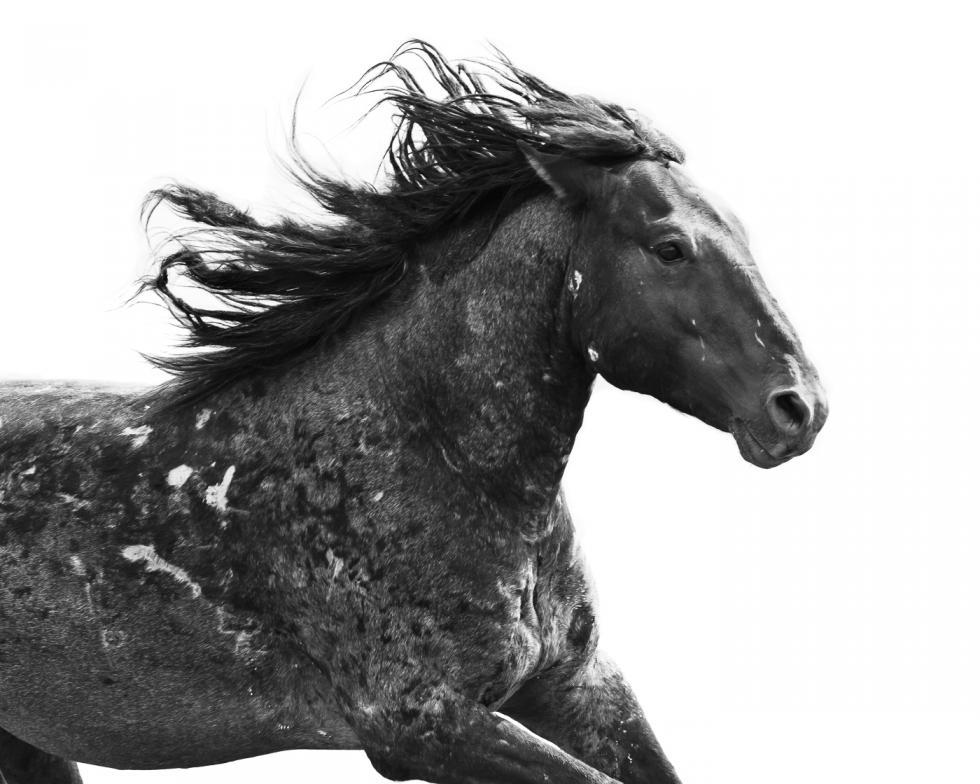
What is the commission there?
So, traditional galleries where the gallery owner and manager have all of the control, their cut is going to be 50 or 60 percent at least, and that makes sense — they’re taking a risk as owner, they have all the overhead and all that. Here, because it’s a shared model, shared overhead costs and shared risks in that sense, … we can keep our commission at 15 percent. … The more challenging aspects of a cooperative gallery (are that) there are a lot of decision makers. … You are sharing a fairly small amount of space with a lot of people and a lot of art, so it’s sort of difficult to keep it spare and minimalist and not too busy.
How many pieces do you sell on average?
On average, I’m moving a small handful of larger pieces, … and then there’s a surprisingly steady business in the smaller items. Particularly, I was shocked at selling (greeting) cards, because I just think, who mails things anymore? I do, sometimes, but I don’t think of that as being a big deal, and it’s kind of shocking if I do a couple hundred bucks a month in cards, which isn’t much, but it covers all the costs associated with being in a gallery. … It’s not like I’m depending on it for my main income, but it pays for everything I want to do for my photography, which is all my travel and my gear. … Some years, I bring in $30,000, $40,000 in my photography, and some years, if I’m pulling back, it’s ($15,000). … The nice thing about the online stuff is once you set it up, it’s (self-filling). … It’s not labor-intensive.
You grew up in the Bay Area, and there aren’t a lot of wild horses there, so what got you into photographing them?
“Wyoming Sunrise,” by Sierra Luna Photography, photograph.
(Courtesy of Sierra Luna Photography)
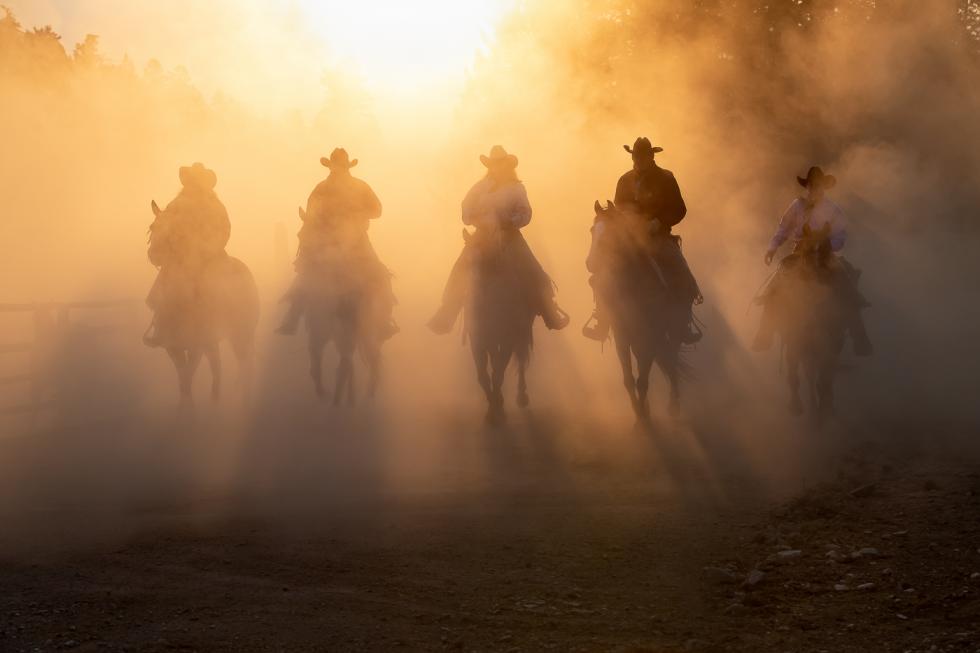
It’s been in the last few years that horses are something I’m photographing. … I didn’t get serious about that until right around 2013. … Someone had hired me to photograph dogs, and they had horses, and I was photographing them, and I wasn’t happy with my images. I felt like something was really off and missing. It was my drive to find out why horse photographs were terrible that brought me to investigating that and learning that initially from a technical standpoint. … I did a little workshop or two doing horse photography, and when I did that I was just kind of hooked. And it brought me to a crazy nostalgic place. I didn’t grow up with horses, but I had that complete stereotypical young girl’s obsession with horses. … It was the romance of this freedom and connection. It was the books I was reading like “Black Beauty” and “Black Stallion,” that kind of romanticized notion of what horses represent. … It’s the way they smell and breathe, and there’s something so centering about that to me, grounding.
What states do you go to for photographing the wild horses, and how long does it take to track them?
For wild horses, I most often go out to Utah. There are a couple of herds out there that I’ve gotten to know well … and (I) know that land well, so I know how to find them relatively quickly.
How often do you go there?
Two or three times a year, and I’ll stay for a week, maybe. And I’m actually licensed through the Bureau of Land Management to take other photographers and guide them commercially. …
I had investigated what kind of permits you need to do that on government land … and you got to give them a cut of anything you’re charging people.
What did you have to do to get the license?
There’s just an application process and everything, and you have to … delineate all of these maps and show all these safety things that you thought about. … And, frankly, in order to say that you’re going to ask somebody to pay them money for you to guide them somewhere, you’d better be pretty confident that you can in fact provide and deliver this experience. So it took a lot of times going out there, getting to know the different times of year, the different habits of the horses, the different places they go for water. …
A few years ago, Halbert began offering guided tours to
photograph the wild horse herds. (Courtesy of Sierra Luna
Photography)
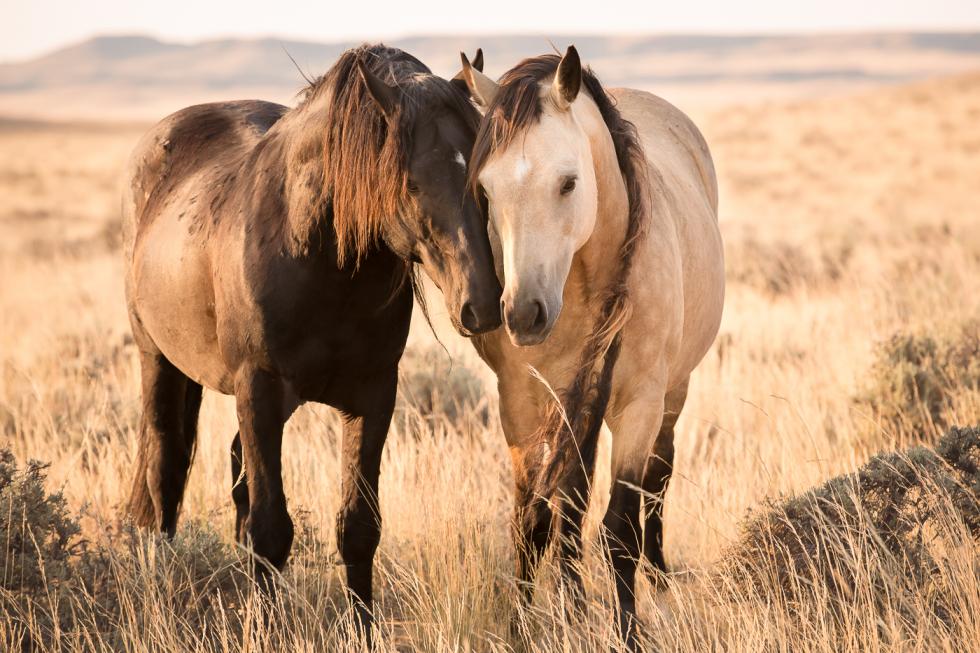
(I) stay in a hotel in town, and I gotta drive about an hour, an hour and a half, to the land where the herds could be, and then once I’m out there, I’m driving around … from sunrise to sunset, day after day. …
It would be a mistake to try to photograph them and think that you knew them without understanding the place that they’re in, because that shapes them and it shapes their behavior.
How many people do you take on a tour?
I take a maximum of three people. I want us to be in one vehicle. … I really love teaching, so back when I was in academia … I’ve always found ways to incorporate teaching and mentoring into every position since then that I’ve had. I’ve taught and co-taught workshops. … But I found that putting on a whole workshop, it can be real labor-intensive, and … if you’re not marketing that super regularly, it can be a bit hit-or-miss. … It didn’t seem like it was a good use of my very limited time these days. So, I thought … why don’t I instead take (people) out on a tour as a mentoring thing, and we can cover anything they want to cover, photographically or business-wise, but we’re doing it while photographing wild horses.
Recommended For You
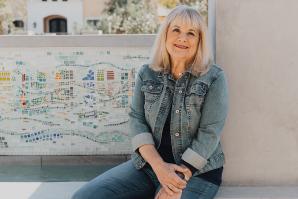
Art Exposed: Stephanie Taylor
After 40 years of making art, this Sacramento-based artist isn’t slowing down
If you have been to Sacramento in the past few decades, there is a good chance you have encountered artwork by Stephanie Taylor.
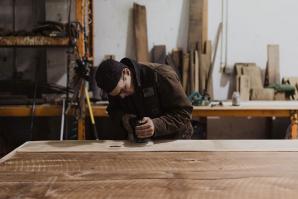
In Transition: Crafting a New Career Around Family
Lance Everett is fulfilling his passion with his family-run custom furniture business Iron & Plank
Lance Everett’s career path shifted multiple times as the needs of his growing family shifted.
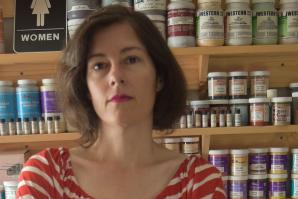
Art Exposed: Julie Clements
A veterinarian technician left behind the clinic for the studio, but continues to work with animals
Julie Clements worked for 15 years as a veterinarian technician in Alaska, the Monterey Bay Aquarium and the San Francisco Zoo before moving to Sacramento to be a full-time ceramic fine artist.



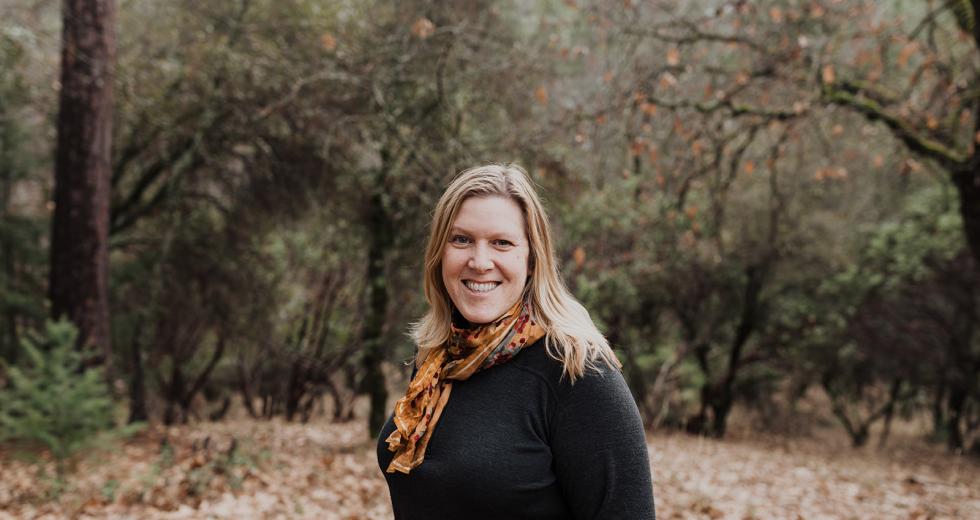
Comments
Very cool to read the story behind the work, it takes courage to move off in a totally different direction. Edin’s images are beautiful, they have feeling